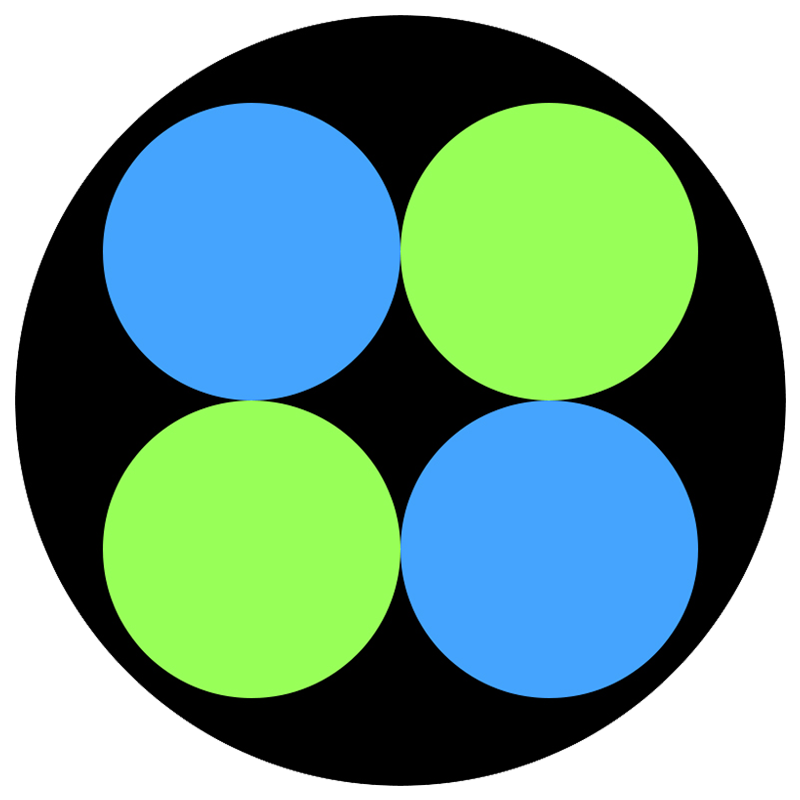Every Quantum Quark is an inquisitive learner who can reflectively and critically analyze information. Our students demonstrate their skills as Critical Thinkers throughout the day, in and out of the classroom, whether it’s evaluating a strategy in athletics, predicting the outcome of a science experiment, or determining the best method for solving a division problem.
On a recent morning in Zoe Carpenter’s science class, 7th-graders were laser-focused on a chemical reaction experiment to determine how much energy was created using various amounts of reactants – in this case, aluminum foil, salt water, and copper sulfate. Each group of students was testing a different ratio or amount of each reactant to see what would make a complete reaction. They were then writing down the temperature that the reaction created to see how it helped in their design of a homemade flameless heater.
At Quantum, we are serious about the S in STEM. Science revolves around figuring out an intriguing phenomenon, Carpenter said, adding that when students are motivated to solve a problem, science happens as they are looking for a solution.
“I don’t give answers. Students are given an anchoring phenomenon and an essential question that connects with the anchoring phenomenon, and they work through the unit figuring out the what and the how,” she said. “They investigate their questions and wonderings of the phenomenon as they build and revise their ideas and understanding of the science behind the phenomena. I facilitate the process by responding to students’ ideas and making suggestions that help focus their ideas.”
Down the hall at Quantum, Diane DeWindt’s 5th-graders were analyzing information about various materials for a density experiment. Using a cylinder, students layered a wide range of liquids – such as dish soap, cooking oil, honey, and coffee creamer – according to their presumed density. Then they set out to determine whether the liquids would mix or remain separate, and what elements, like a coin or a popcorn kernel, would sink or float through the layers. The classroom was buzzing as DeWindt posed questions like, “Where will the quarter land?” and her students made their predictions amid “oohs” and “aahs.”
This active learning encourages students to think critically and develop reasoning to answer the questions facing them – essential skills for science and life.

